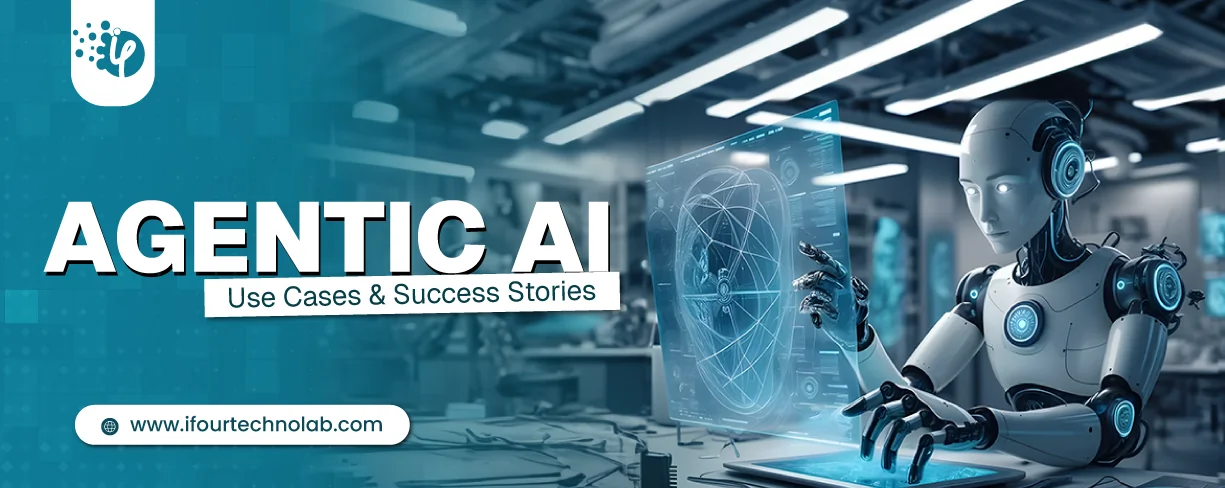Threat Detection with Machine Learning
The issue of cybersecurity requires proactive and not reactive responses. It provides organizations a better chance at thwarting attacks. It is in such scenarios where machine learning can play a significant role.
Correct implementation of artificial intelligence can generate excellent data. Such include new threats, breaches, or even cyber-attack threats. Artificial intelligence technology has the capability of picking up abnormalities within the network. By flagging such issues, the teams can take the necessary preventative steps.
Machine learning can find correlations in data sets faster than human analysts. It provides the opportunity to block any behavior that could be malicious. It also allows for reducing the time any activity intruders have in the system. Unfortunately, all these have downsides.
Collecting such data and storing them in one central server can make the job so much easier. Once they breach the server, they will have access to the information. Companies must invest in suitable security measures. Such must have more advanced features to deal with cybercriminals.























_is_transforming_the_Education_industry.webp)
